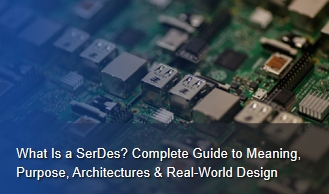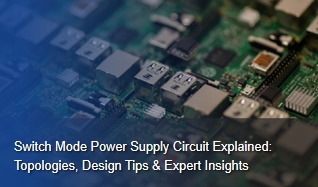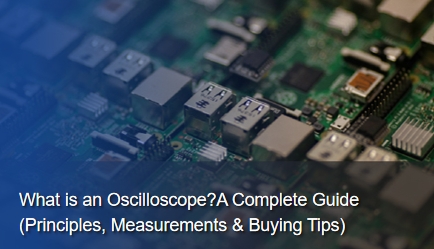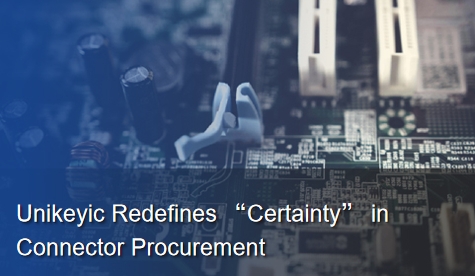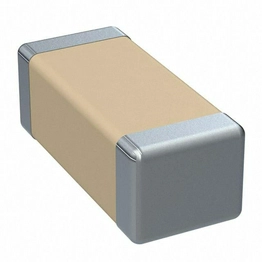Future Trends in Surface Acoustic Wave and Voltage Control Oscillators
Frequency control devices play a crucial role in modern electronics, enabling precise control over signal frequencies in various applications. This article explores future trends in Surface Acoustic Wave (SAW) resonators and Voltage Control Oscillators (VCOs), highlighting their principles, applications, and the innovations shaping their future.
1. Introduction to Frequency Control Devices
Definition and Purpose:Frequency control devices are essential components in electronic systems that manage and stabilize the frequency of electronic signals. These devices include oscillators, resonators, and filters, which are used to generate and maintain accurate signal frequencies.
Importance in Modern Electronics:
In modern electronics, frequency control devices are critical for ensuring the proper functioning of communication systems, signal processing, and timing applications. They influence the performance, reliability, and efficiency of electronic devices, making them indispensable in industries such as telecommunications, automotive, and consumer electronics.
2. Surface Acoustic Wave (SAW) Resonators
Working Principle:Surface Acoustic Wave (SAW) resonators operate based on the propagation of acoustic waves on the surface of a piezoelectric material. When an alternating current is applied to the input transducer, it generates mechanical vibrations that create acoustic waves on the material's surface. These waves are then picked up by the output transducer, converting them back into an electrical signal at a specific resonant frequency. This process is highly sensitive to the physical properties of the substrate and the design of the transducers.
Design and Structure:SAW resonators typically consist of interdigitated transducers (IDTs) placed on a piezoelectric substrate such as quartz, lithium niobate, or lithium tantalate. The IDTs are comb-like structures that convert electrical signals into acoustic waves and vice versa. The design parameters, such as the spacing between the fingers of the IDTs and the thickness of the substrate, determine the resonant frequency and performance of the SAW resonator.
Applications:SAW resonators are used in a variety of applications due to their precise frequency control and stability:Filters: They are widely used in RF filters for mobile phones, televisions, and other communication devices to select or reject specific frequencies.Oscillators: SAW resonators provide the frequency reference for oscillators used in communication systems, ensuring signal stability.Sensors: They are employed in sensors to detect changes in physical parameters such as temperature, pressure, and chemical composition, converting these changes into frequency shifts.
Advantages and Limitations:Advantages: SAW resonators offer high frequency stability, low phase noise, and the ability to operate at high frequencies. Their compact size makes them suitable for integration into portable devices.
Limitations: SAW resonators can be sensitive to environmental conditions such as temperature and humidity, which can affect their performance. Additionally, they may have higher insertion loss compared to other resonator types.
3. Voltage Control Oscillators (VCOs)
Working Principle:Voltage Control Oscillators (VCOs) generate an output signal whose frequency is directly proportional to an input control voltage. The key component in a VCO is a variable reactance element (typically a varactor diode) whose capacitance changes with the applied voltage. This change in capacitance alters the resonant frequency of the oscillator circuit, thereby tuning the output frequency.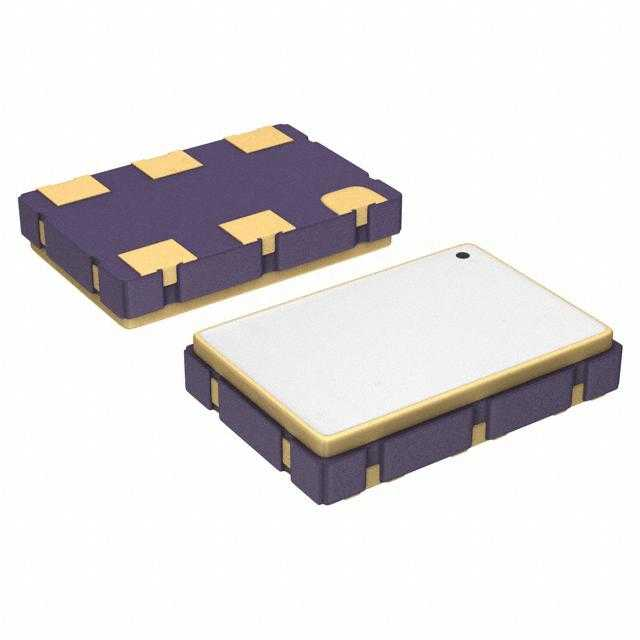 Types of VCOs:Linear VCOs: These provide a linear relationship between the control voltage and the output frequency. They are used in applications where precise frequency control is necessary, such as in PLL (Phase-Locked Loop) systems.Non-Linear VCOs: These have a non-linear relationship between control voltage and output frequency, which can be useful in frequency modulation applications.
Types of VCOs:Linear VCOs: These provide a linear relationship between the control voltage and the output frequency. They are used in applications where precise frequency control is necessary, such as in PLL (Phase-Locked Loop) systems.Non-Linear VCOs: These have a non-linear relationship between control voltage and output frequency, which can be useful in frequency modulation applications.
Applications:VCOs are integral components in various electronic systems:Communication Systems: VCOs are used in frequency synthesis and modulation for radios, televisions, and mobile phones, enabling frequency tuning and signal modulation.Frequency Synthesizers: They provide variable frequencies for signal generators, test equipment, and communication systems.Modulators: VCOs are employed in modulators to convert data signals into carrier signals for transmission.
Key Specifications:When selecting a VCO, consider the following specifications to ensure it meets the application requirements:Frequency Range: The range over which the VCO can tune its output frequency.Phase Noise: A measure of the stability of the output signal in the frequency domain. Lower phase noise indicates better signal quality.Tuning Sensitivity: The change in output frequency per unit change in control voltage.
Tuning Voltage Range: The range of input voltages that can be applied to control the output frequency.
4. Surface Acoustic Oscillators
Working Principle:Surface Acoustic Oscillators (SAOs) utilize SAW resonators to stabilize the oscillation frequency. In an SAO, the SAW resonator determines the frequency of the oscillator circuit. The oscillator generates an alternating current that excites the SAW resonator, producing acoustic waves. These waves are then converted back into an electrical signal, maintaining the oscillation at a stable frequency.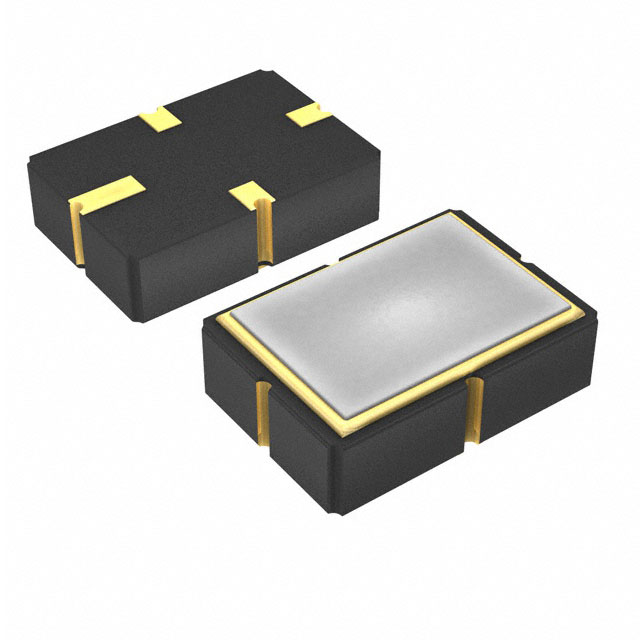 Design and Integration:SAOs are designed by integrating SAW resonators into oscillator circuits. The design process involves selecting the appropriate SAW resonator and configuring the oscillator circuit to work harmoniously with the resonator. This integration ensures high frequency stability and low phase noise. The compact nature of SAW resonators allows for the design of small and efficient oscillators suitable for various applications.
Design and Integration:SAOs are designed by integrating SAW resonators into oscillator circuits. The design process involves selecting the appropriate SAW resonator and configuring the oscillator circuit to work harmoniously with the resonator. This integration ensures high frequency stability and low phase noise. The compact nature of SAW resonators allows for the design of small and efficient oscillators suitable for various applications.
Applications:SAOs are used in applications that require precise frequency control and stability:Wireless Communication: SAOs provide stable frequency references for RF transmitters and receivers in mobile phones, radios, and other wireless communication devices.Navigation Systems: They are used in GPS and other navigation systems to provide accurate timing and frequency references.Precision Measurement: SAOs are employed in scientific and industrial measurement equipment where high precision and stability are required.
Comparison with Other Oscillators:Quartz Oscillators: While quartz oscillators offer excellent frequency stability and low phase noise, SAOs provide higher frequency capabilities and smaller form factors.
MEMS Oscillators: MEMS (Micro-Electro-Mechanical Systems) oscillators offer robustness and low power consumption. However, SAOs typically offer better phase noise performance and higher frequency stability.
5. Key Features and Benefits of SAW Resonators and Oscillators
Frequency Stability:SAW resonators and oscillators are known for their exceptional frequency stability. This stability is crucial in communication systems, ensuring clear and reliable signal transmission without frequency drift.
Size and Power Consumption:SAW devices are compact and consume less power compared to traditional resonators and oscillators. This makes them ideal for portable and battery-operated devices where space and power efficiency are critical.
Temperature Stability:
Advanced SAW resonators and oscillators are designed to maintain stable performance across a wide temperature range. This makes them suitable for use in environments with fluctuating temperatures, such as outdoor communication equipment and automotive applications.
6. Future Trends and Innovations in Frequency Control Technology
Recent Advances:Recent innovations in SAW technology include the development of temperature-compensated SAW (TC-SAW) resonators and oscillators, which offer improved performance in varying environmental conditions. Advances in materials and manufacturing techniques are also enhancing the durability and reliability of these devices.
Emerging Applications:Emerging applications for SAW resonators and oscillators include 5G communication systems, IoT devices, and advanced automotive electronics. These applications demand high frequency stability, low phase noise, and compact designs, which SAW devices can provide.
Future Directions:
Future trends in frequency control technology will likely focus on further miniaturization, enhanced environmental resilience, and integration with digital and RF systems. Innovations in material science and nanotechnology will play a significant role in these developments, driving the evolution of SAW and VCO technologies.
7. Practical Tips for Selecting and Using SAW Resonators and VCOs
Selection Criteria:When choosing SAW resonators and VCOs, consider factors such as frequency range, phase noise, temperature stability, and power consumption. Select components that meet the specific requirements of your application.
Design Guidelines:Follow best practices for circuit design and layout to minimize noise and interference. Ensure proper grounding and shielding to protect sensitive components from external disturbances.
Testing and Validation:
Thoroughly test and validate SAW resonators and VCOs in your application environment. Use simulation tools and prototype testing to identify and address potential issues early in the design process.
Conclusion
Surface Acoustic Wave (SAW) resonators and Voltage Control Oscillators (VCOs) are crucial components in modern frequency control applications. Understanding their principles, applications, and future trends is essential for leveraging their full potential. As technology advances, these devices will continue to evolve, offering enhanced performance and new opportunities in various industries. By staying informed about the latest innovations and best practices, designers and engineers can effectively integrate SAW and VCO technologies into their electronic systems, ensuring high performance and reliability.


